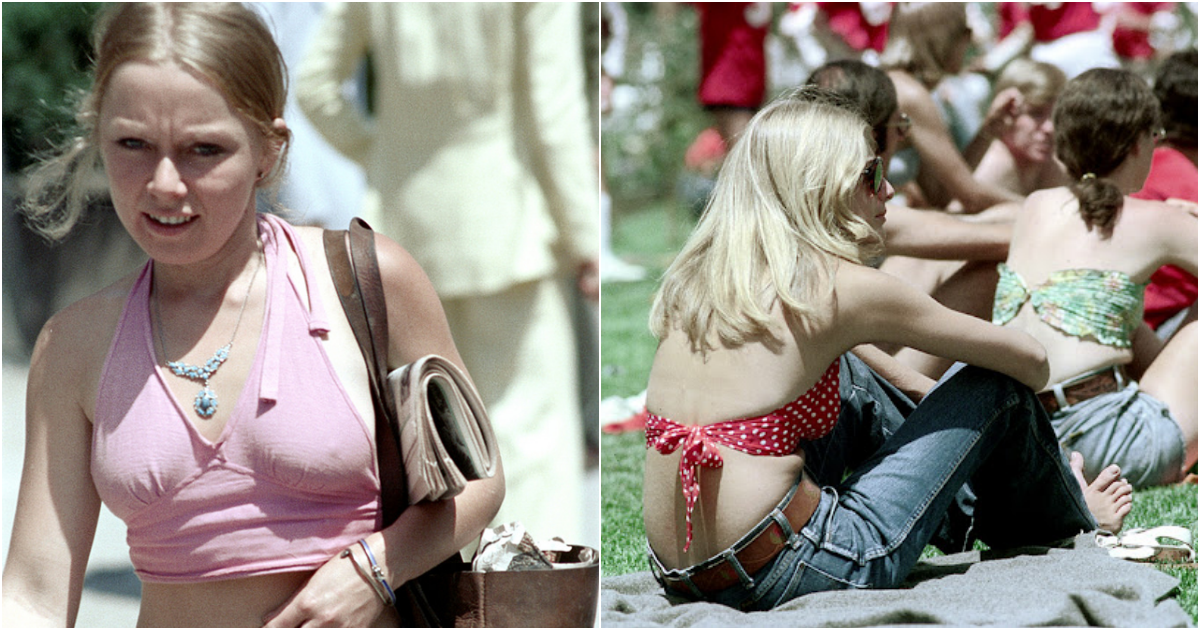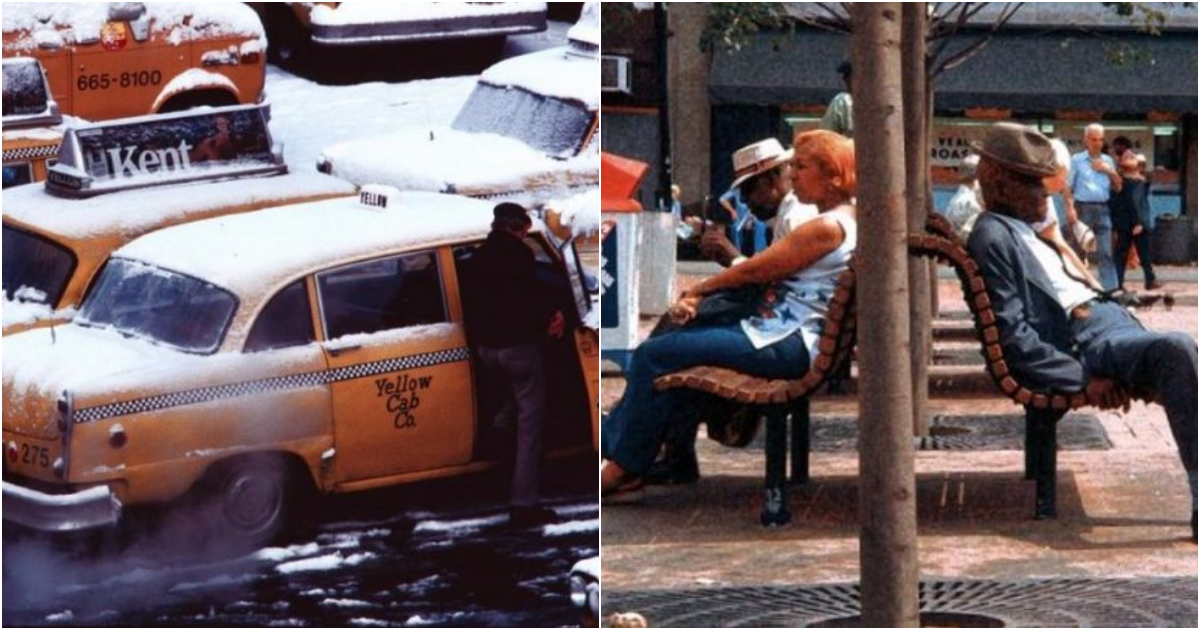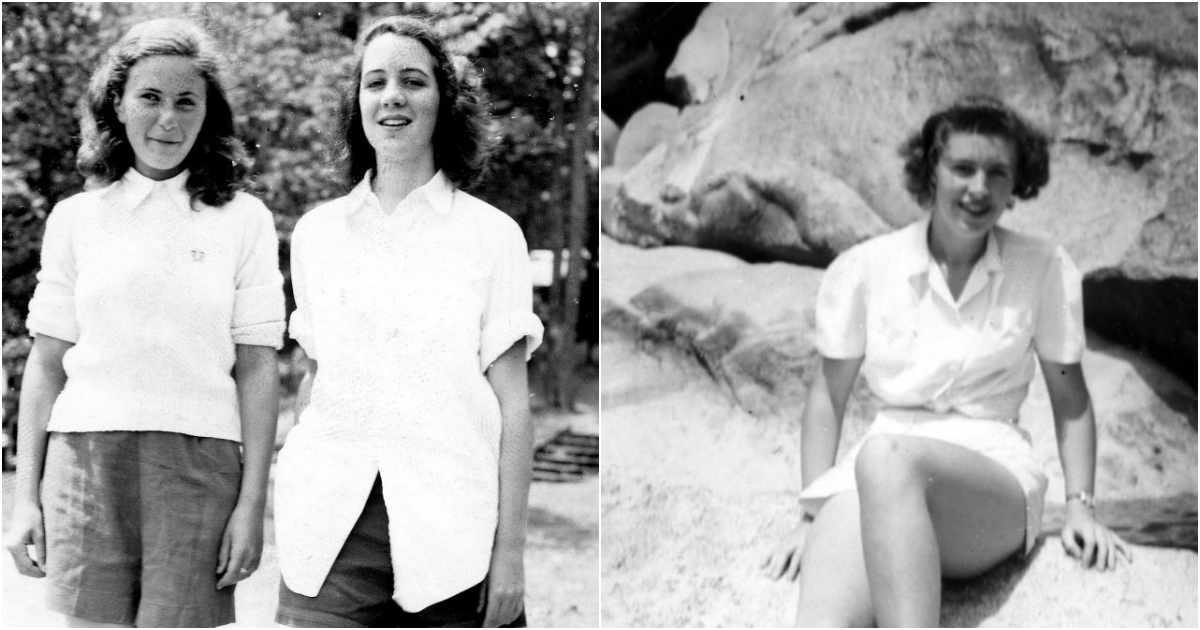
The road to modern medicine has not been entirely smooth. Things have really changed in medicine since the early 20th century and you should be thankful for that! Along the course of history, there has been no shortage of strange, bizarre, and macabre medical practices to horrify us to this day.
|
|
| Health cure in the Institut Finsen, Copenhagen, Denmark. |
Some of the stranger treatments of old-time medicine would turn out to be useful; while numerous others turned out to cause more harm than good (and a lot more harm in many cases). Let’s reflect on just how far we’ve come in the name of science by looking through these 35 old photographs showing the horrible procedures of treatment, terrifying medical instruments, and haunting medical devices people suffered through in the 20th century:
 |
| A woman inside an Electric Bath at the Light Care Institute, circa 1900. |
 |
| A woman inspects an Electric Bath at the Light Care Institute. The Electric Bath is probably a forerunner of the modern sunbed, although it was more likely used for medicinal reasons, circa 1900. |
 |
| Medical office in a hospital train, circa 1900. |
 |
| Partially dissected cadavers on tables in the dissecting room at the Jefferson Medical College in Philadelphia, PA, circa 1902. |
 |
| Dr. Lewis Albert Sayre observes the change in the curvature of the spine as a patient self-suspends herself prior to being wrapped in a plaster of Paris bandage as part of her scoliosis treatment circa 1850-1900. |
 |
| The first electrocardiograph, introduced by Cambridge Scientific Instruments. |
 |
| Three plastic humanoid shells, filled with sodium chloride solution, used for measuring radioactivity. |
 |
| A Wiener Ambulance with patients in ‘layers’ in a horse drawn wooden carriage. The sides are partly open, but have curtains. The ambulance men are members of the Viennese Voluntary Rescue Society founded in 1881. |
 |
| Dr. Elizabeth Bruyn sits in the rear of her horse drawn ambulance in the United States, circa 1911. |
 |
| A doctor wears protective clothing during an outbreak of plague in Manchuria, circa 1912. |
 |
| R. Dubois anesthetizing machine in France, circa 1913. |
 |
| A chest X-ray in progress at Dr. Maxime Menard’s radiology department at the Cochin hospital in Paris, circa 1914. Mendard would later lose his finger to side effects from operating the X-ray machine. |
 |
| Women operate the new stretching machine for surgical dressing at the Red Cross headquarters in Cincinnati, Ohio, circa 1915. |
 |
| A woman wearing a flu mask during the flu epidemic after the First World War, 1919. |
 |
| The new ‘hip massage machine’ from the United States, circa 1928. |
 |
| The modern Roentgen ‘look through’ machine, which prevents any injury to the treating physician, Frankfurt, Germany, circa 1929. |
 |
| A woman using an electric inhaling apparatus which produces a medicated fog used in the treatment of colds and influenza, circa 1929. |
 |
| Patients at a hospital in Germany inhaling powdered medicines such as menthol and eucalyptus to heal respiratory diseases, circa 1930. |
 |
| Wearing only a towel and dark goggles a man enjoys the benefits of a sun-ray lamp, circa 1930. |
 |
| Members of the Arsenal Football team have sunlight treatment, 1931. |
 |
| Post Office Department Inspector DF Angier (left) and Dr. LF Kebler, formerly of the Food and Drug Administration, try out a stretching device which claimed to increase height by 2 to 6 inches, 1931. |
 |
| Lieutenant Radtke presses air into his lungs at a constant height with a mercury column, while the doctor checks his blood pressure, circa 1932. |
 |
| A nurse handing a towel to a woman on a sunbed, 1934. |
 |
| A young patient, Gerald Blackburn, in an oxygen tent at Princess Beatrice Hospital, circa 1937. |
 |
| A patient lying in an artificial respiration machine called an iron lung, circa 1938. |
 |
| A young woman holds her arms and legs in four water bathes with electric current, to improve blood circulation, circa 1938. |
 |
| Nurses practice operating a respiratory jacket that performs a similar function to an iron lung, circa 1938. |
 |
| In an effort to make childbirth as painless as possible, a patient inhales analgesia during labor whilst a nurse looks over her, July 1939. |
 |
| Administering oxygen to a newborn in Berlin, Germany, July 1939. |
 |
| Measuring the brainwaves. A machine (with 4 flexible rods attached to the brain to transmit data) for measuring brainwaves. It was designed and used in 1940. |
 |
| A rotating cobalt machine swinging around the body of a patient, attacking cancerous tumors, 1955. |
 |
| A portable respirator, or iron lung, designed to enable patients to recuperate at home, 1955. |
|
|
| Dr. G. H. Byford stands under an optokinetic drum wearing a contact lens with a miniature lamp cemented to the lens, during an experiment to investigate the reflex movements of the eyes and their association with visual illusions, at the RAF Institute of Aviation Medicine in Farnborough, 1960. |
|
|
| A wire suit designed to measure body temperatures while researching the physiological effects of high speed and space travel, 1960. |






